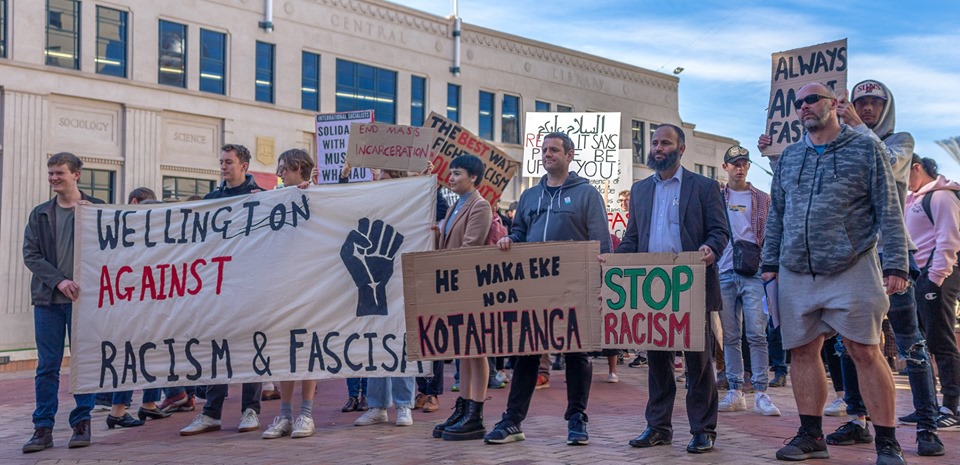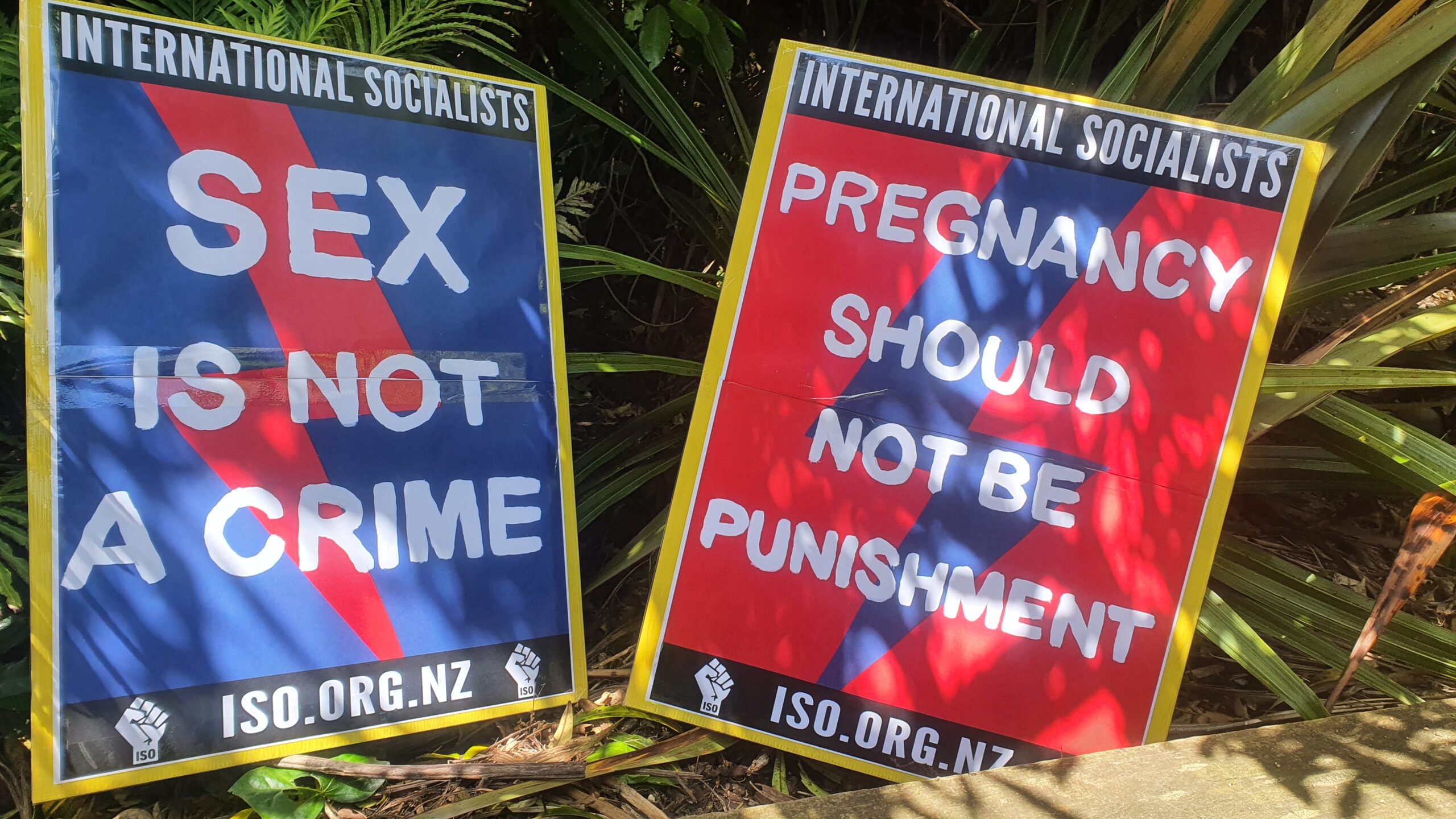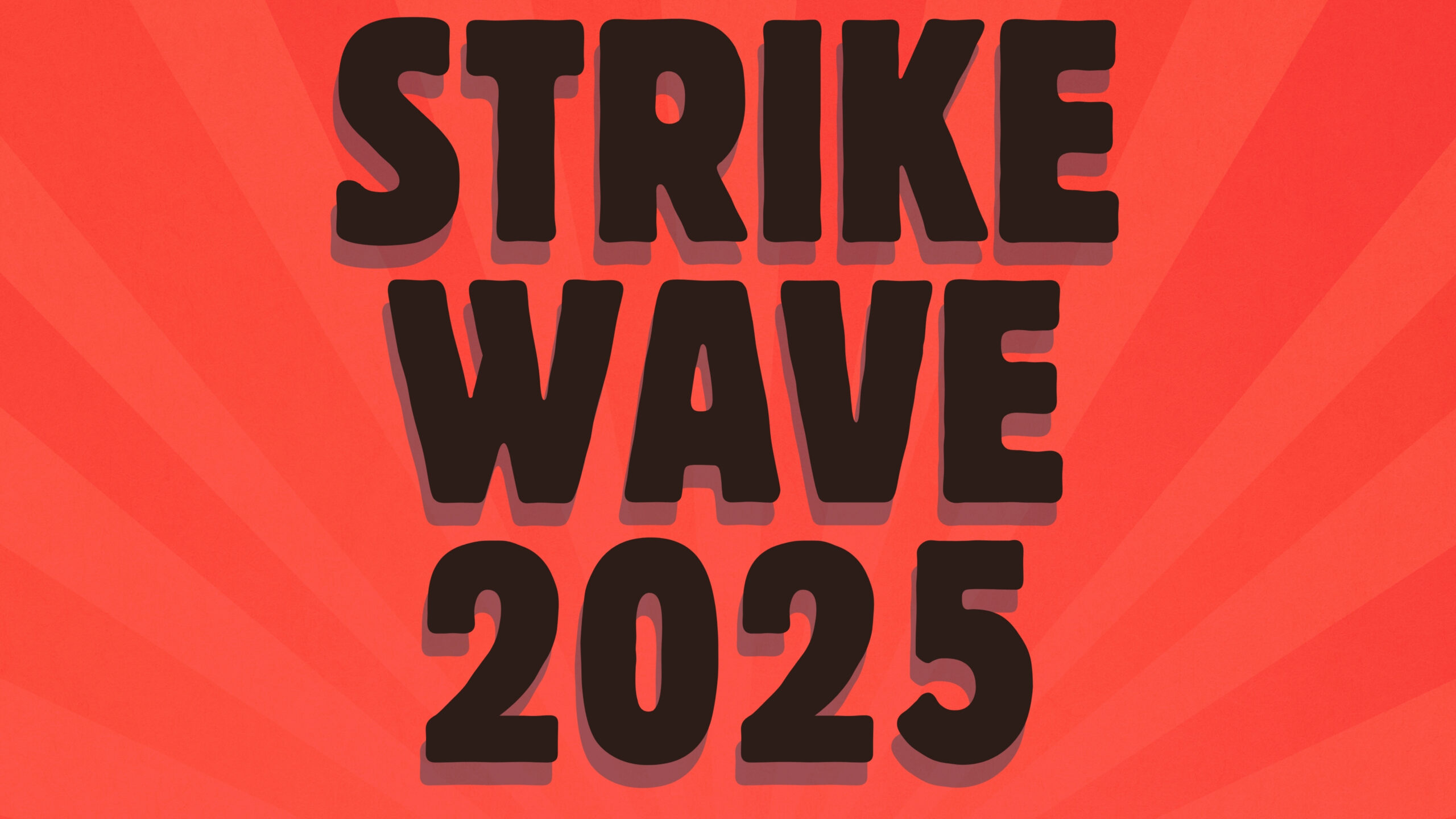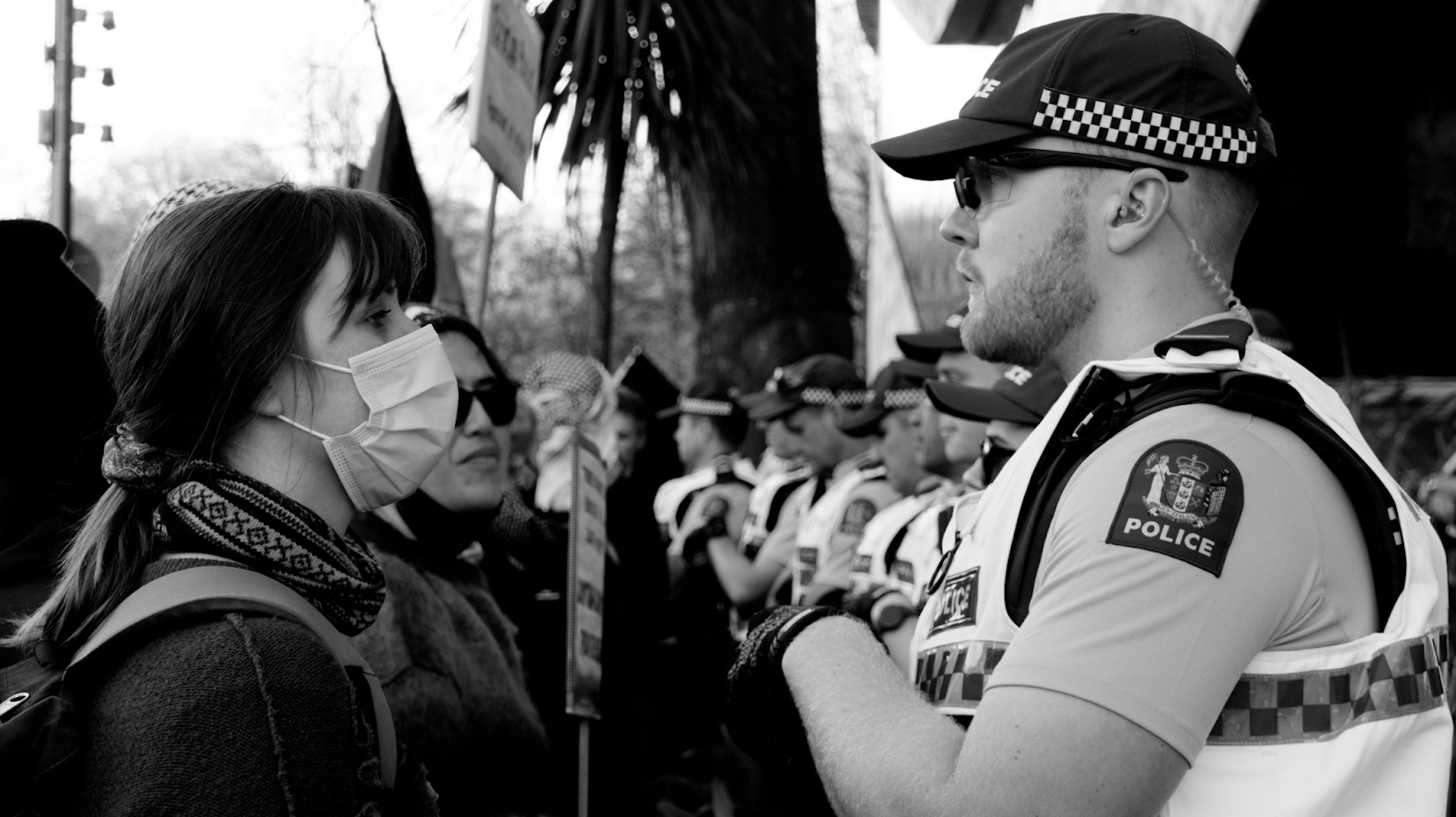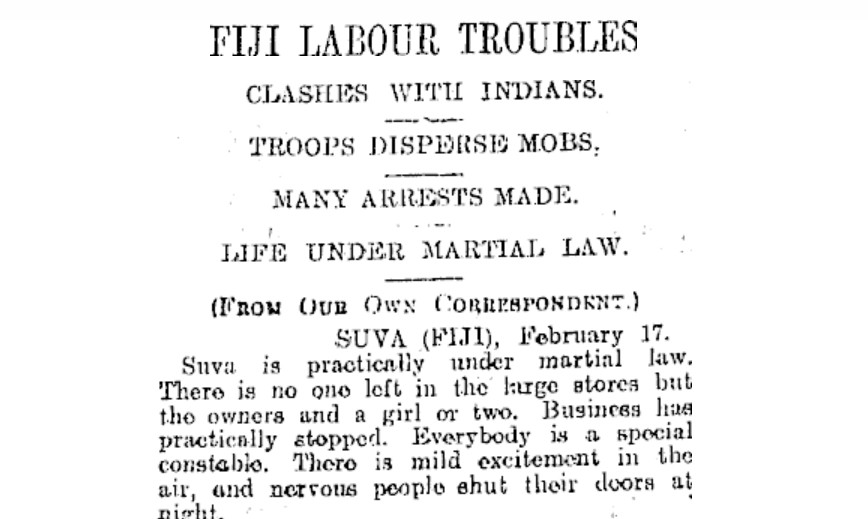The rise of the far-right globally is a frightening development. In the U.S. and Brazil, far-right politicians are the heads of state. Far-right parties have swept to power in Eastern Europe and have gained footholds in Western Europe too, promoting a return to “traditional” family roles, attacks on sexual diversity, antisemitism and islamophobia, anti-immigrant sentiment and extreme nationalism. Violence against migrants is increasing the world over, from Trump’s border wall to the Australian refugee camps.
The hideous attack in Christchurch is one example of the influence of the global far-right reaching New Zealand. The terrorist responsible used the insidious meme-rhetoric of the online Alt Right—a movement whose ideas have been promoted around the world by a variety of public intellectuals with connections to the far-right. When some of these figures—Stefan Molyneux, Lauren Southern, Jordan Peterson—visited New Zealand, they were given excessive airtime, fawned over by right-wing pundits, and even had “free speech” coalitions formed to defend them.
New Zealand politicians have also promoted far-right talking points. Last year ACT party candidate Stephen Berry addressed a rally in Auckland opposing “Sharia Law.” Hamilton Councillor James Casson has labelled Arab refugees “scum.” And in the aftermath of the attack, the National Party shamefacedly removed a petition against the UN Migration Pact, the subject of racist conspiracies stoked by the far-right.
It is not surprising that far-right ideas and violent racism can flourish in New Zealand when so much of the mainstream political discourse validates it. During the 2017 election, NZ First and Labour participated in anti-immigrant scaremongering. Labour blamed the housing crisis on “foreign speculators” and the Greens argued for immigration caps. While National tried to pose as the pro-immigrant party, they had been introducing anti-immigrant policies for years.
The media too is deeply culpable for promoting racist ideas. In a recent article for The Spinoff, journalist Shilo Kino reflects that while she was growing up the media always presented Māori as “the child abusers, the criminals, or crazy activists.” Kino connects her experience with that of Muslims in New Zealand asking “when did you last see a news piece before March 15 that was a positive story about a beautiful kiwi Muslim family? … When did you last read a story about Muslims that wasn’t connected to terrorism or ISIS?”
In 2011, social work lecturer Raema Merchant studied the reporting of child abuse in the media. She found that of nearly 9000 children who were physically abused between 2000 and 2008, just one third were reported in the press. These reports focus predominantly on Māori, despite the fact that nearly half of the number of children killed in NZ are victims of Pakeha abusers.
The reality of racism in New Zealand is spelt out in statistics. In 2016, the median individual net worth for Europeans was 114,000; for Asians 32,000; for Māori 23,000; and for Pasifika 12,000.A 2012 report into discrimination found that one in ten New Zealanders aged 15 and over experienced discrimination, with racial discrimination being the most common type reported. People who identified as Asian reported the highest rates of discrimination, followed by Maori and Pacific Island people. This racial discrimination happened most often in the workplace, followed by on the street or in public places, and migrants were more likely to experience racist discrimination in the workplace that non-migrants. This is despite the fact that workers are supposedly protected from racist discrimination by the Human Rights Act 1993 and the Employment Relations Act 2000.
The results of racism are literally deadly. Māori and Pacific people are more likely to be discriminated against when accessing health services. It is estimate that Māori cancer patients are 80% more likely to die than non-Māori patients. Māori and Pacific people live, on average, six to eight years less than those of other ethnicities. This year a Waitemata DHB study found that nearly half of all deaths of Māori and Pacific Island people were potentially preventable, compared to less than one quarter for non-Māori /Pacific people. This means these deaths could have been avoided through increasing access to high-quality and timely medical intervention, or by addressing risk-factors such as poor-quality housing, overcrowding, and “economic status.”
Combatting the far-right is an urgent task, but racism runs much deeper than the far-right. The state, the justice system, the media and the economy all create, sustain and perpetuate racist oppression. This means that we cannot rely on the state to counter racism for us. We need to combat racism ourselves, and that means trying to understand it.
Colonialism and White Supremacy
Understanding the links between white supremacy and Settler Colonialism is vital for understanding racism in New Zealand. Settler Colonialism is a form of colonialism which seeks to replace the original population of a territory with a new society of settlers. White Supremacy provided the ideological justification for this process in New Zealand. It is an ideology that divides the world up into racial hierarchies, and holds that the superior “white race” is destined to dominate the other, lesser races. In the settler colonial project, this meant that indigenous populations could justifiably be supplanted, marginalised or exterminated.
The British colonisation of New Zealand entailed the racialisation and stereotyping of Māori. In order to justify the expropriation of their land and their political and social marginalisation, Māori were painted as warlike, ignorant and superstitious. The racial qualities attached to Māori were not fixed, but could be adapted for different situations. In order to facilitate assimilation, a popular myth emerged that Māori were a lost branch of the Aryan race—a myth used to divide Māori from other minorities, especially the Chinese.
The ideology of white supremacy was especially evident in the White New Zealand era between 1881 and the 1920s where the government passed a slew of legislation limiting Asian migration and assimilation into New Zealand—measures which were not fully reversed until the 1950s. In 1879 liberal politician George Grey spoke of “the great struggled which must take place in this part of the world against barbarism” and the need to preserve “uninjured and unmixed that Anglo-Saxon population which now inhabits it.” In 1925, farmers in Pukekohe formed the White New Zealand League. After the league’s demise its policies were taken by other organisations including the RSA and the Pukekohe Federated Farmers, the latter of which argued as late as 1952 for the seizure of all Asian-owned land and their forced repatriation.
White supremacy has a lingering presence in mainstream politics, and also motivates modern day fringe groups in New Zealand. The National Front was formed in the 1970s and nearly all of the country’s leading fascist and neo-Nazi figures formed part of its ranks at one time or another. The Dominion Movement, formed in 2018, represents a new generation inspired by the “identitarian” youth movements of Europe and North America. They spread conspiracy theories about “white genocide”, promote the idea that New Zealand was founded “by and for” Christian Europeans, and argue that all others are “foreigners” who do not belong (with the exception of Māori who should be grateful for colonisation). Instead of fascist symbols, they use colonial and nationalist imagery. Following the Christchurch attacks, they announced their dissolution, later changed to “hiatus.” It appears they are laying low for now.
Capitalism and Colonialism
White supremacy provided ideological justification for the colonisation of New Zealand, but it was capitalism that drove it. Evan Poata-Smith notes colonisation took place at a time when British capitalism was reeling from prolonged economic depression. Economic crises had entrenched inequality and led to growing discontent amongst the working class. For British capitalism, the possibility of exporting workers overseas provided a means to stabilise itself. This prospect was only feasible if the Crown sold land in the colonies to prospective settlers, so as to subsidise emigration without any cost to the tax-paying class. Hence the importance of the Colonial Office over land transactions.
As well as being desirable from the point of view of the Crown, the alienation of Māori land was also important to the Capitalist class. Businessman Edward Gibbon Wakefield, who was instrumental in the colonisation of New Zealand, once said that “Mankind have adopted a … simple contrivance for promoting the accumulation of capital” which was to “divide themselves into owners of capital and owners of labour.” In other words, the vast majority of people need to be dispossessed so that they have no choice but to sell their labour to a tiny minority who owned and controlled the means of production (including land). By selling land from New Zealand to investors in the UK, Wakefield hoped to “transplant English society with its various gradations in due proportion [i.e. class divisions]”, and get rich at the same time.
Standing in direct opposition to this project was the existing society in Aotearoa where land and resources were owned collectively by the hapu who produced goods to fulfil their own needs and who distributed wealth according to their own tikanga. For capitalism to be established, Māori needed to be alienated from their land and their way of life broken up. Iwi put up fierce and sustained resistance to land theft and, as Poata-Smith writes, “on the pretence of pacifying ‘rebellion’, the colonial state brought about by force the commodification of millions of acres of Māori land.”
Without their land there was no way for Māori to sustain traditional ways of life. The Māori Record noted that as land holdings shrunk, “communal habits have to a certain extent disappeared, and it may be that their entire disappearance would be a misfortune, for hospitality and the truest charity are at the base of them.” The increasing incapacity of Māori society to sustain itself was portrayed by the racist state to paint Māori as incompetent wards.
Colonisation turned Māori into a reserve army of underemployed and underpaid labour. Between 1911 and 1920 Māori land holdings went from 7,137,025 acres to 4,787.686 acres. By the late 1930s Māori retained less than one sixth of their land. Dispossessed, Māori found themselves exploited as a source of cheap labour.
Today, Māori are still overwhelmingly working class. In 2013, 79.4% of people in New Zealand were employees and 6.6% were employers. For Māori, 88.2% were employees, while just 3.1% were bosses. Because of their historical marginalisation within the working class, attacks on the working class disproportionately affect Māori. Between 1987 and 1989, neoliberal economic reforms saw one fifth of the Māori working-age population made redundant. Māori still face disproportionate levels of unemployment and underemployment. The median income for Māori in 2013 was 22,500 compared with 30,600 for “NZ Europeans.” 46.3% of the Māori population received an annual income of 20,000 or less. For Māori women the median annual income was only 19,900. It is true of capitalism as a whole that the rich get rich because the poor stay poor. It is also true that disproportionate poverty endured by racialized minorities benefits the capitalist class. Underpaying Māori workers increases the bottom line for employers, and it also serves to drag down the wages of the class as a whole.
Racist stereotypes justifying colonisation are still aimed at Māori, but so too is racist rhetoric which justifies their unequal position at workers. We are meant to believe that Māori are disproportionately unemployed not because they have been systematically marginalised but because they are “lazy”; that they are over-represented in prisons not because the police force and the justice system has an inbuilt prejudice against them, but because they are inherently criminal. Racist caricatures denigrate Māori as well as all those who suffer in the criminal injustice system and the working poor as a whole.
Capitalism and Anti-Immigrant Politics
Anti-immigrant racism serves many purposes under capitalism. It provides justification for the underpayment and mistreatment of migrant workers and the precarity of their legal status in New Zealand. Racism guarantees also that despite the necessary movement of workers from one country to another, the prevailing sentiment would still be that workers identify themselves with their country (i.e. their own ruling class) rather than with their fellow workers internationally. Migrants provide convenient scapegoats for social problems that might otherwise see workers’ discontent directed upwards. Politicians of all stripes employ anti-immigrant rhetoric in New Zealand and while they try to dodge accusations of racism the dehumanising logic of capitalist border controls is inescapable.
The Dawn Raids is an example of the cruel logic of capitalist borders. The raids began in 1974 when the Labour government, faced with an economic downturn, targeted people overstaying their working visas. Samoans and Tongans, who were welcomed into New Zealand in the 50s and 60s to relieve a labour shortage, were singled out. Cold economic calculations saw these people as surplus to requirements. Racism was used by the state to justify the idea that these people did not belong and could be removed. People’s homes were raided in the night with police-dogs; Pacific and Māori people were stopped in the street. In the 1980s, a study showed that Polynesians had made up only a third of overstayers but suffered more than 80% of all prosecutions.
Racist immigration controls persist today. In 2018, Immigration NZ ran a program which profiled “overstayers”—modelling data based on age, gender and ethnicity—to determine who to prosecute. The goal was to identify groups who were more likely to commit crime or incur healthcare costs. Immigration Minister Ian Lees-Galloway said that “Immigration New Zealand has limited resources … they are using a range of data to prioritise the people they think pose the greatest threat to New Zealand.” Melino Maka from the Tongan Advisory Council rightly identified the program as racist, saying “this is bringing back the dawn raids. You can see the language they use, ‘using up our health system’—that’s the same language they use in America and Europe to justify using some of those racist policies that we don’t need here in New Zealand.” The inhumanity of this logic is evident in the National Party’s actions in 2017 when they “closed a loophole” which allowed Pasifika parents to bring sick or disabled children to live in New Zealand with their families.
Islamophobia
As documented in recent articles by Eva Nisa and Faried Saenong, Muslims have a long history in Aotearoa, dating back to the visit of two Indian Muslims to these islands in 1769. The 1850s marked the beginning of Muslim family settlement here. In 1874 the Government acknowledged 17 “mahometans” in the country which increased to 41 by 1901. Being mainly from British occupied India, Muslims seeking to migrate were affected by White New Zealand policies and anti-Asian racism. Changes to immigration and refugee laws saw increased numbers from the 1980s onwards. An influx of Fijian-Indians, professional and white-collar workers as well as international students boosted the number of Muslims to 2,500 by 1986. The 2013 census recorded 46,000 Muslim, just over 1% of the population: 25% were born in NZ, 21% in the Pacific Islands, 26.0% in Asia and 23.3% in the Middle East and Africa.
New Zealand has played a substantial role in the US-led “War on Terror.” In November 2001 New Zealand was one of the first countries to commit military assistance to “Operation Enduring Freedom” in Afghanistan, in which they are involved to this day. While taking part in this operation the NZDF committed war crimes, including a raid killing or injuring 21 civilians and the beating and torture of a prisoner. Internationally, the “war on terror” has meant the demonisation of Muslim-majority countries in the Middle East, the association of Islam with violent extremism, and increasingly invasive surveillance and “counter-terrorism” measures in Western countries, particularly aimed at Muslims. After the mosque attacks, it has been confirmed that while the government ignored Muslim groups’ fears about escalating hate crimes, the Muslim community itself was the subject of surveillance. This includes the SIS targeting Muslim individuals for “informal chats” which put pressure on them to spy on their communities.
Dovetailing with militarism and surveillance, the refugee crisis and the rise of the far-right in Europe has seen islamophobia become a particularly venomous form of anti-immigrant racism. Muslims have become the symbol of a dangerous Other who do not share “our” values. Islamophobes indulge in a “clash of civilisations” narrative that paints Islam not as a diverse faith with followers all over the world but as a monolithic power seeking world domination. New Zealand politicians have engaged in islamophobic rhetoric. In the wake of the London terror attacks in 2017 Winston Peters told Muslim communities to “clean house.” In 2006 he likened Islam to “the mythical Hydra- a serpent underbelly with multiple heads capable of striking at any time and in any direction,” comments which he has refused to retract.
Racism and Anti-Racism Today
Racism is always changing and adapting. It continues to exist because it serves a political purpose. The alternative to racism is working class solidarity. Even in the midst of the Yellow Peril era, some activists knew this was true. In 1921 one trade unionist wrote to The Māoriland Worker highlighting instances of Chinese workers’ solidarity with striking wharf workers: “So let us cease all this cant about our own superiority” he urged, “the thing that counts in the ranks of workers is not the colour of one’s skin… but a natural recognition of a common interest.”
While colonisation disenfranchised Māori, it also gave them power as workers. In 1970 Māori activist, socialist and trade unionist Tama Poata hit back against colonial stereotypes and contempt for workers:
The Māori way of life is on the freezing works chain, in the shearing gangs, on the waterfronts, driving trucks and bulldozers, working in mines and constructions sites, in forestry gangs and lumber mills, in factory and farm and food processing and now in offices too… The Māori way of life often means living in substandard accommodation and ghetto-like areas, getting the rough end of the stick from the law…THIS MĀORI WAY OF LIFE IS NOT THE FAIRY WAY OF LIFE SHOWN ON THE TOURIST BROCHURES.
Poata understood the power that Māori held as the backbone of the New Zealand working class. As an organiser for the Drivers’ Union, Poata used this power to form the Māori Organisation on Human Rights, which used union power to fight land confiscation and anti-Māori racism.
In 1976 Poata and others called a public meeting in response to the Dawn Raids. 500 people crowded into Newtown School hall in Wellington. The meeting carried motions calling to end police intimidation of alleged overstayers, to amnesty all overstayers, and for “an organisation be created to rally support, obtain funds, establish legal defence, publicise activities and co-ordinate a Broad National Front towards those goals.” That organisation was called Amnesty Aroha and was establishing subcommittees and scheduling further meetings within hours. In 1981, the same kind of working-class organising and solidarity took place during the anti-Apartheid protests where more than 150,000 people—including Māori and Pacific protest groups, university students and trade unions—demonstrated across the country.
In the weeks following the Christchurch attack we have seen mass meetings of hundreds, vigils and marches of tens of thousands, and plans made for ongoing anti-racist campaigns. Yet, already we are seeing a pushback against the solidarity that flows in the wake of the Christchurch attack. Just three weeks on, a Muslim cleric was forced to pull out of an ANZAC event after violent threats were made against him following the announcement that he would be giving a prayer at the service. The voices of reactionary politicians and pundits are telling us to move on, to stop talking about it and—above all—to avoid being “divisive,” by which they mean political and militant. This makes solidarity all the more crucial. We need to build the current moment into an anti-racist movement that can provide ensure the far-right does not feel comfortable enough to regroup; a movement that can provide an alternative to racism by raising positive, anti-racist demands, and challenging the reactionary institutions and structures that have perpetuated racism for so long both here and overseas.
(Image credit: Imogen Halliday, via Facebook)

